How do we handle fights in Territorio de Zaguates?

When we, human beings, hear our dogs growling and barking at other dogs or animals, we feel uncomfortable, anxious or alert; this is a normal reaction, almost always these sounds mean that there is a discrepancy between the parts.
However, we almost never take into account that these sounds and reactions don’t necessarily mean that dogs want to hurt each other. These growls or barks, just as humans use words, are also a way of communicating that the dog is already tired, that something belongs to him or to make clear the extent of his or her limits.
Owners of more than one dog or different pets must learn how to deal with these signs of dominance and communication between their animals, and many times it is not an easy task.

Most of the time, more animals also mean more conflict, and this is why many of our followers ask us, how do we handle fights or conflicts with more than 1800 in the shelter?
The answer is simple: with experience.
Over time we have learned what are the reasons why a conflict could be generated between our Territorians and with these we have also acquired knowledge as to how and with what tools to handle them.
The first tool is attention. Here at the shelter we must be very attentive to the sounds prior to a conflict because, although we have already mentioned that these are normal and completely healthy in relationships between dogs, if they escalate, we must react quickly so that they do not turn into a fight.
In general, by calling them loudly by their name, we manage to distract the dogs enough so that a physical conflict does not occur. However, and this almost never happens, when a fight starts the surrounding dogs almost always run to participate in it, for this reason one or two of our collaborators must react quickly and go to the 'origin' fight, the rest of them run or walk in opposite directions so that the other dogs chase them, get distracted and thus not be part of the fight.
For us, this is not a difficult task. As we said before, most dogs do not want to hurt each other when they fight, they only want to earn the respect of their peers.
Something important to mention is that in Land of the Strays we manage to control fights in a simple way for two compelling reasons: the experience we gained from handling dogs over the years, and that all the dogs in the shelter are neutered, so the tendency to react violently due to hormonal reasons or due to females in heat decreases the possibility of fights considerably.

In general, the reasons why a fight can arise in Territory is due to a possessiveness issue: if a dog finds a twig and another wants to take it away, for example.
Now, it is easy to manage physical conflicts with puppies socialized to be with other dogs, but we know that there are dogs classified as 'difficult' or 'aggressive', who react negatively towards other animals or even humans. How do we handle puppies with aggressiveness problems?
Most dogs are extremely scared at the time of their rescue. Many have suffered violence from humans or other stray animals that resort to aggression to survive.
Surprisingly, however, most of the dogs we rescue will allow themselves to be captured as long as they are treated gently and in a timely manner. Now, when they are aggressive, we must resort to tools such as special straps that allow us to grab them without getting too close to them.
Our dogs go through a quarantine process when they are rescued, which makes it easier for them to be apart from the pack during their first days in the shelter so that their integration is not so shocking. After all, meeting hundreds of dogs who will share a home with you can be surprising to anyone.

Once the dogs calm down, socializing them with others is not difficult, since the pack itself is responsible for accepting them. Over time the rescued pup will join a sub-group within the pack and spend most of his time with these peers; there he will bring out his personality and his new doggy siblings will come to appreciate his presence.
For those that do not manage to get used to the pack quickly, we have a special section of the shelter. In this section the puppy has its bed, water and enough space to walk and move during the day. They also go for a walk and exercise with a special caregiver several times a day.
We never give up on the process of socializing dogs. We believe that everyone deserves an opportunity to learn to relate to others. But above all, we aspire to be able to support dogs with all their special needs, even if these require them to be separated from others for their own well-being.



